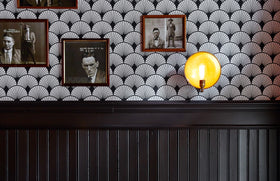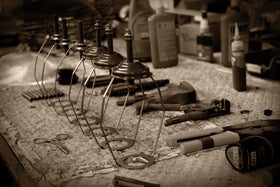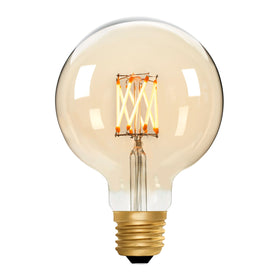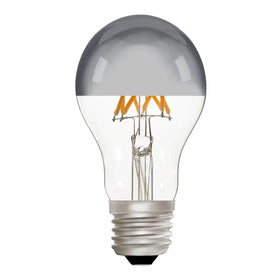
The Unique History Of The Retro Plasma Lamp
Certain types of vintage retro lighting are inextricably linked to a particular period, such as how lava lamps are to this day associated with the psychedelic 1960s and neon tube lighting is linked to both the art-deco 1920s and the aesthetic of the 1980s.
Similarly, the plasma globe, sometimes known as the plasma lamp, is distinctly connected with the look of the 1980s, with its bright colours, constantly moving beams and the fact that touching the orb with your fingers (or another conducting element) would have a noticeable effect.
The plasma globe, interestingly enough, actually traces back much further than its commercial peak to 1894, when it was one of Nikola Tesla’s many electrical innovations.
It was an early example of a high-intensity discharge lamp used to study the effects of high voltage currents such as those developed by the Tesla coil. The result was an electrical discharge that shot out in all directions.
Whilst fascinating, Mr Tesla struggled to convince others of the use of the technology, and so the concept remained dormant until the development of the Groundstar, the model that formed the basis for the modern plasma globe in the late 1970s.
Initially marketed towards science museums as an educational tool to showcase the principles of electrical current, it would quickly become popular with collectors as well as the general public once cheaper production methods meant that they could become more widely available.
These include the use of gas mixtures that could not possibly have been used back when Tesla created his plasma globe, alongside electronic controllers and a more varied assortment of glass shapes, which all in term allow for brighter colours, more movements and more complex patterns.
Plasma globes tend to fall in and out of fashion. Whilst in the 1980s they were a ubiquitous part of that decade’s unique brand of futurism, they are also now seen as much as a relic from that time period as they are seen as a symbol of the future.







